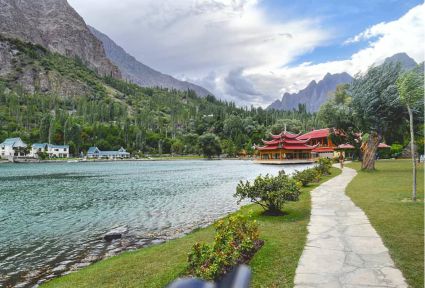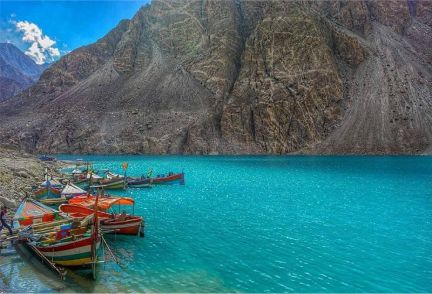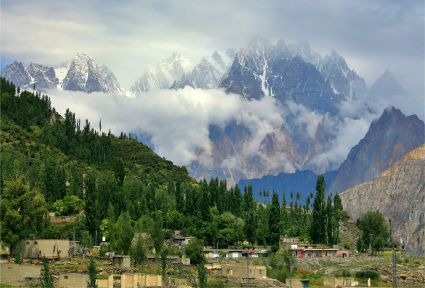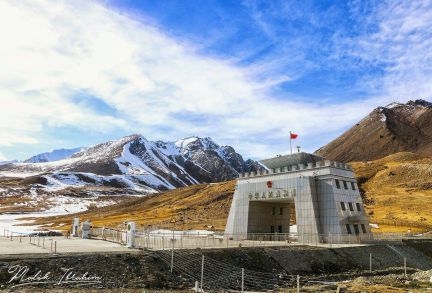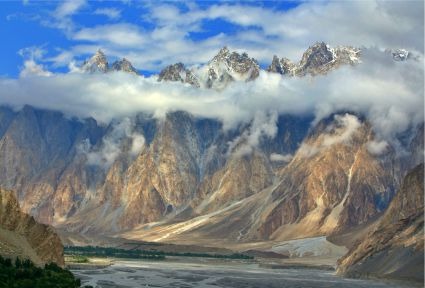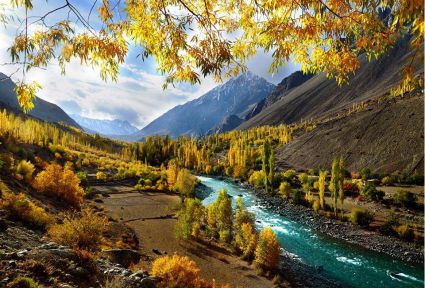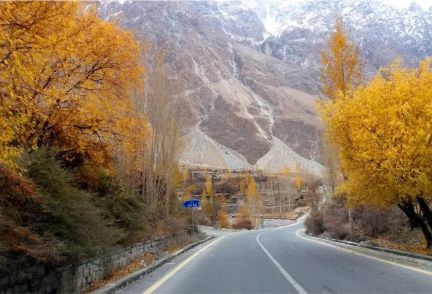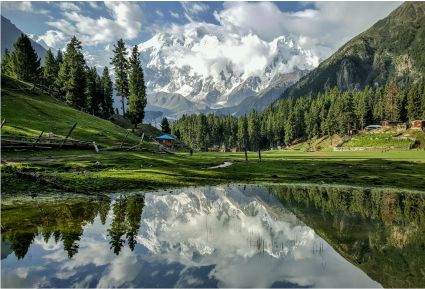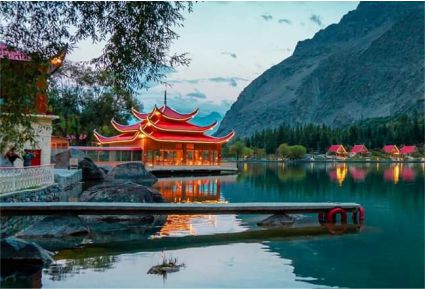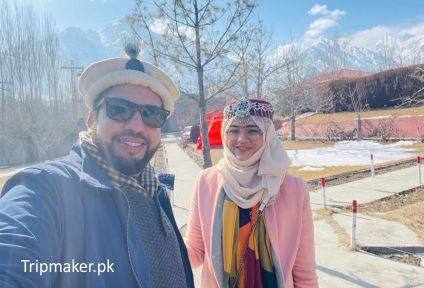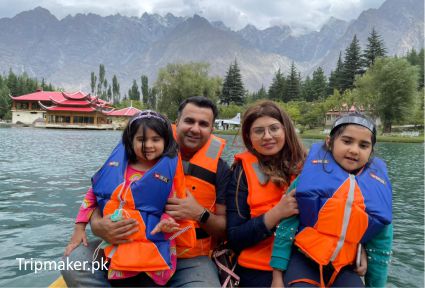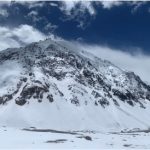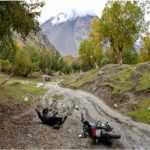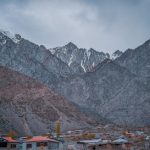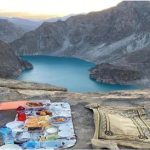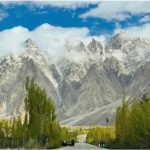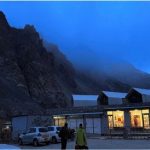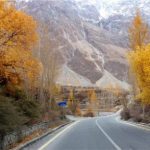Gilgit Baltistan Tours Overview:
TripMaker.pk offers customized tours of Gilgit-Baltistan and also offers prearranged tour packages for clients. The TripMaker.pk team is composed of residents of Gilgit Baltistan, which enhances the tour experience by incorporating various activities unique to the region. Additionally, we facilitate interactions between our clients and local inhabitants, allowing visitors to engage with the community. Clients have the opportunity to visit local households, where they can enjoy authentic regional cuisine in an atmosphere enriched by local music and dance.
The Gilgit-Baltistan region is renowned for its remarkable natural beauty and captivating landscapes. This area of Pakistan serves as a confluence of three prominent mountain ranges: the Himalayas, the Karakoram, and the Hindu Kush. The Gilgit-Baltistan tour has emerged as a popular destination for mountaineers, trekkers, climbers, hikers, and nature enthusiasts alike.
Dam-e-Dunia, which translates to The roof of the World near Gilgit-Baltistan. The celebrated Karakoram Highway traverses this region, connecting Kashmir, Pakistan, and Gilgit-Baltistan with Xinjiang, China. Spanning approximately 1,300 kilometers, this highway delineates the boundary between the Indus Valley and the deserts of Central Asia.
Notable waterways along this route include the Shyok River on the western side and the Karumber River, with the Hindu Kush range positioned farther west. Nanga Parbat, at an elevation of 8,126 meters, lies on the western aspect of the Himalayan range, forming a significant arc of 24,124 kilometers.
The Karakoram Range is known for its extensive glacier network and the highest concentration of peaks globally. The largest glaciers in this polar region flow through the Karakoram Range and majestic mountains along the Karakoram Highway, making the Gilgit-Baltistan tour an experience unparalleled in terms of scenic landscapes. A particularly striking segment of this highway runs alongside the Batura Glacier, which ranks as the 7th largest glacier in the world.
There are two significant passes along the Karakoram Highway: the famed Khunjerab Pass and the Mintaka Pass. Notably, the Venetian merchant Marco Polo is known to have journeyed along this Silk Road, which has become synonymous with the legacy of exploration.
Among the impressive glaciers in the north are the Siachen Glacier (75 kilometers), Batura Glacier (58 kilometers), and the Hisper Glacier (52 kilometers), which converges with the Biafo Glacier at Hisper La, reaching an elevation of 5,154 meters and forming an ice circle of 116 kilometers in length. The Baltoro Glacier, extending 62 kilometers, is particularly renowned.
Collectively, these glaciers cover an area of approximately 1,219 square kilometers. The notable peaks within this cluster include the K-2 (8,611 meters), the second-highest peak after Everest, along with Broad Peak and Gasherbrum I and II. While the Baltoro Glacier may appear smooth and majestic from a distance, its true nature reveals a complex and tumultuous mass of rock and glaciers over centuries.
This region represents a unique and extraordinary segment of the Earth, characterized by towering mountains and snow-capped peaks that reach towards the sky. Additionally, the Lesser Karakoram features significant peaks such as Rakaposhi, which rises to 7,788 meters, dominating the Hunza Valley. The north face of Rakaposhi displays a stunning cliff at 5,791 meters, adorned with pristine snow and ice.
The Karakoram Range is home to more than 7,000 peaks, along with numerous unnamed summits below 6,000 meters. The diversity in colors, shapes, and sizes of these peaks generates a captivating visual contrast that defies succinct description, with K2 recognized as the unrivaled sovereign of these mountains. The prominent Muztagh Tower, with its imposing presence, further enhances the region’s allure, drawing numerous tourists, climbers, and trekkers to experience its extraordinary landscapes.

